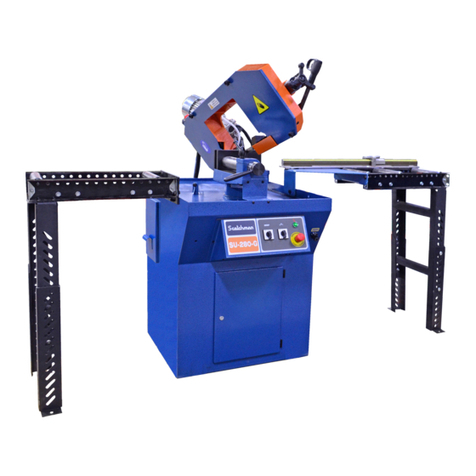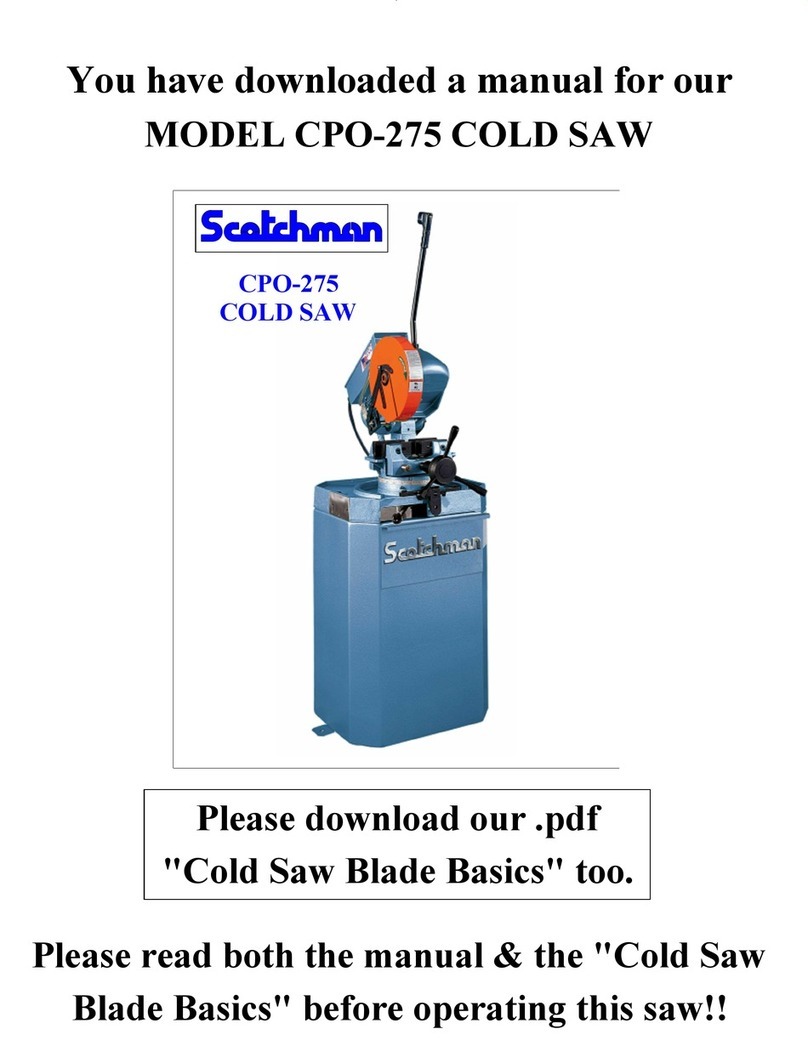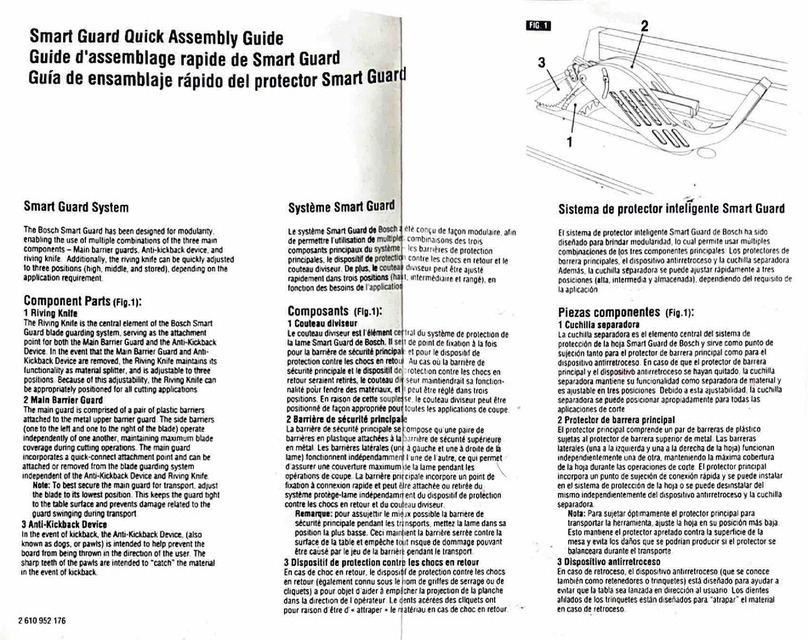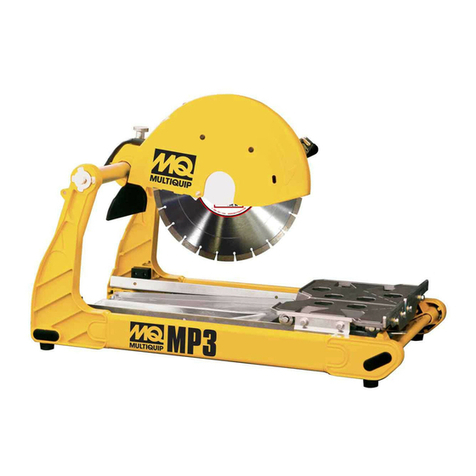Scotchman CPO-315-RFA-NF User manual




















Table of contents
Other Scotchman Saw manuals
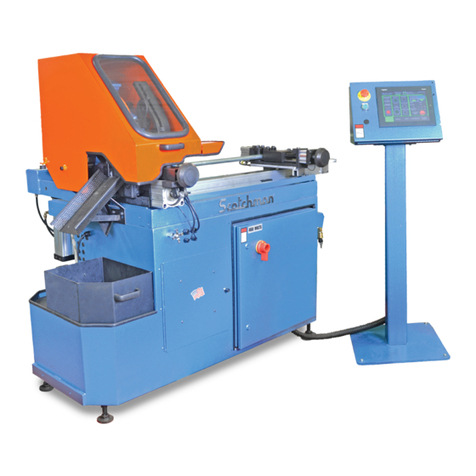
Scotchman
Scotchman CPO-315-HFA-CNC User manual

Scotchman
Scotchman GAA-500-90 NF User manual

Scotchman
Scotchman CPO-275 User manual

Scotchman
Scotchman SU-280 User manual
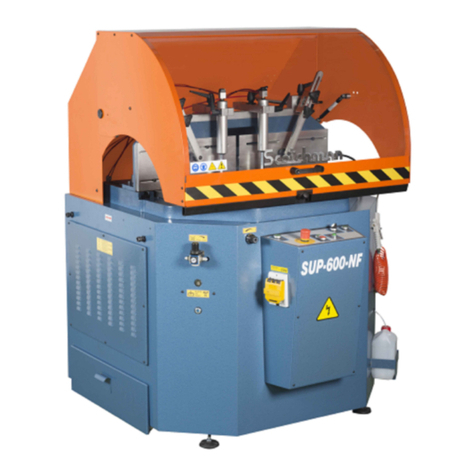
Scotchman
Scotchman SUP-600-NF User manual
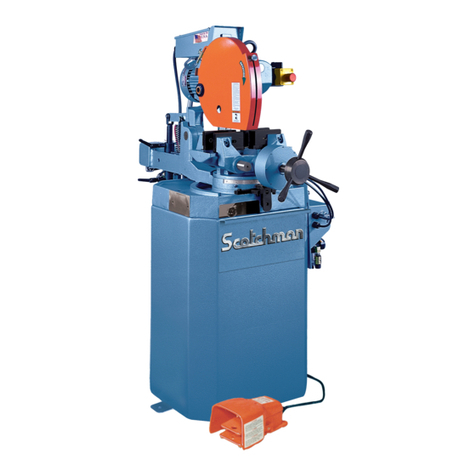
Scotchman
Scotchman CPO 350 User manual

Scotchman
Scotchman SU-280-G User manual

Scotchman
Scotchman CPO-350-NF-5HP User manual
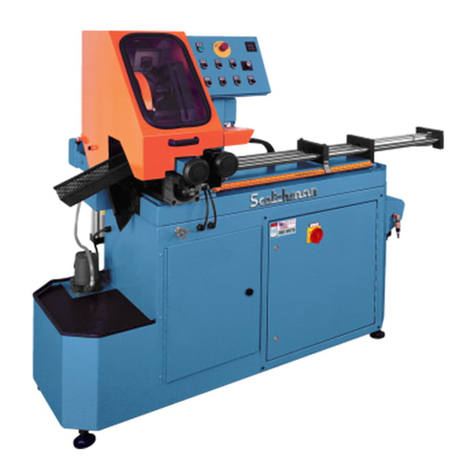
Scotchman
Scotchman CPO-315-HFA-NF User manual

Scotchman
Scotchman SUP-600-NF User manual
Popular Saw manuals by other brands

Mafell
Mafell K 65 18M bl Original operating instructions

EINHELL
EINHELL TC-TS 2025 Original operating instructions
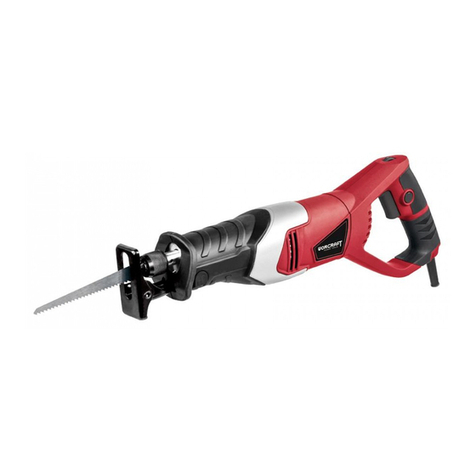
Worcraft PROFESSIONAL
Worcraft PROFESSIONAL RS07-115H instruction manual

Klutch
Klutch NT1RS Operator's manual

Worcraft PROFESSIONAL
Worcraft PROFESSIONAL RS07-115 instruction manual
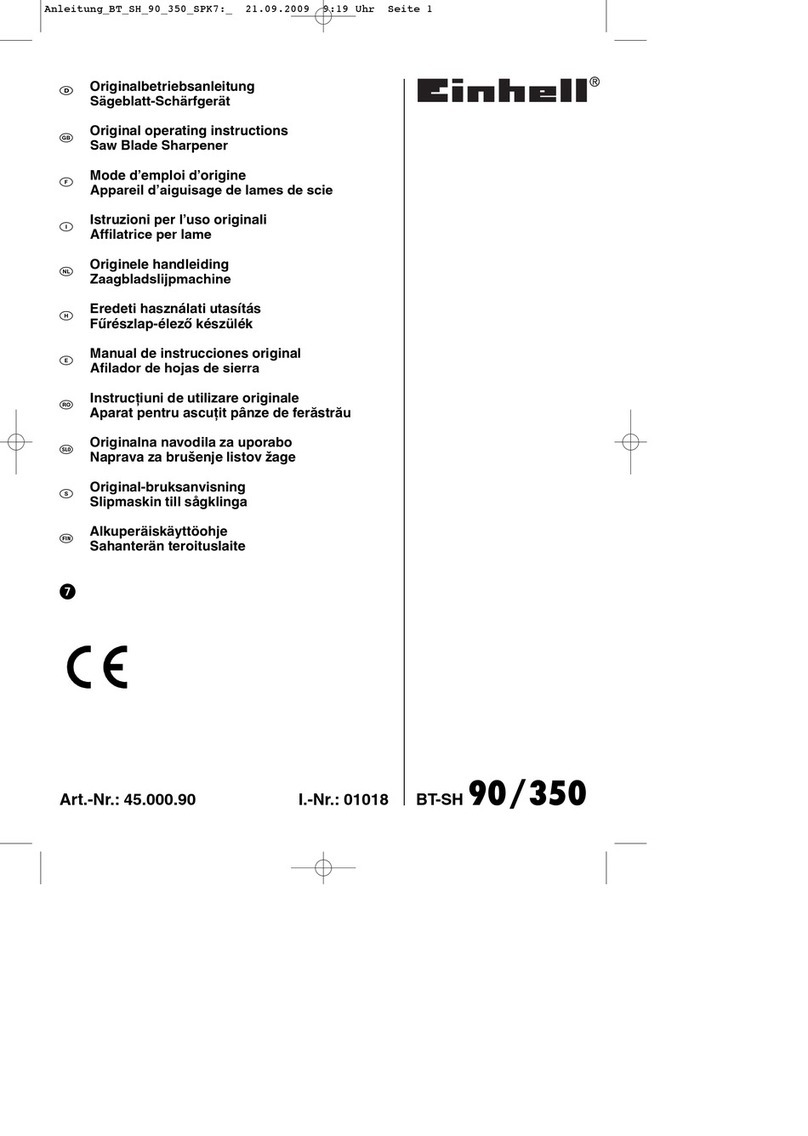
EINHELL
EINHELL BT-SH 90 / 350 Original operating instructions
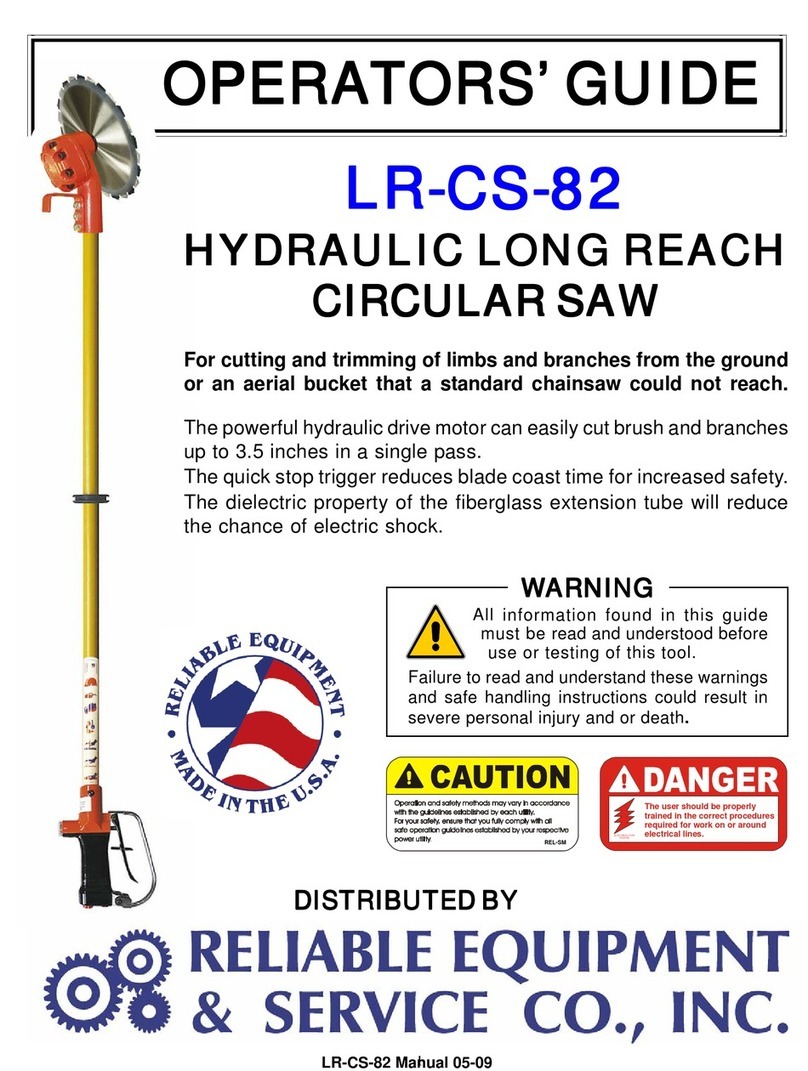
Reliable Equipment
Reliable Equipment LR-CS-82 Operator's guide
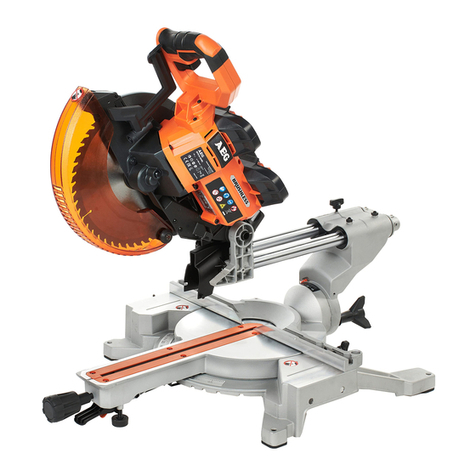
AEG
AEG POWERTOOLS BPS18-254BL Original instructions
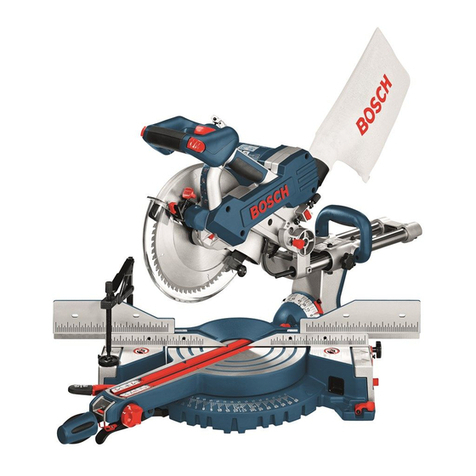
Bosch
Bosch GCM 10 PROFESSIONAL Original instructions
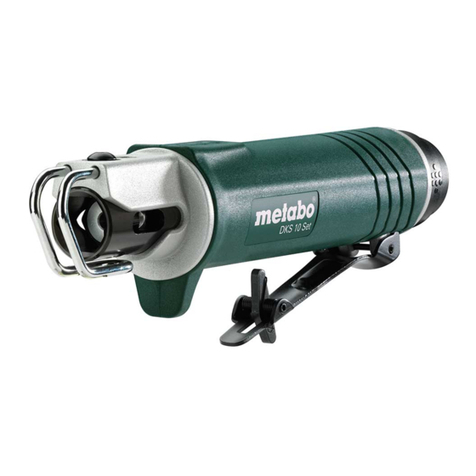
Metabo
Metabo DKS 10 Set Original instructions
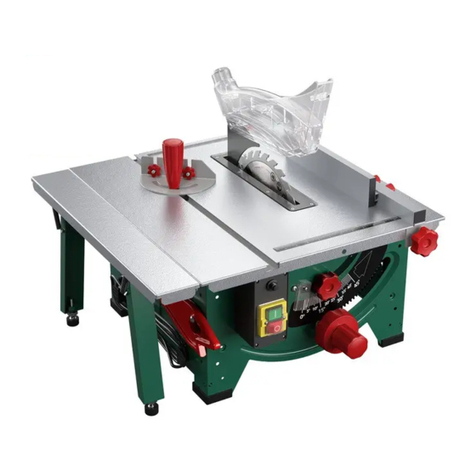
Parkside
Parkside PMTS 210 A1 Operating and safety instructions
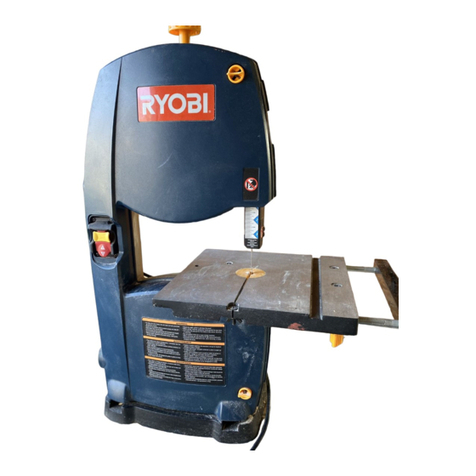
Ryobi
Ryobi BS903 Operator's manual

